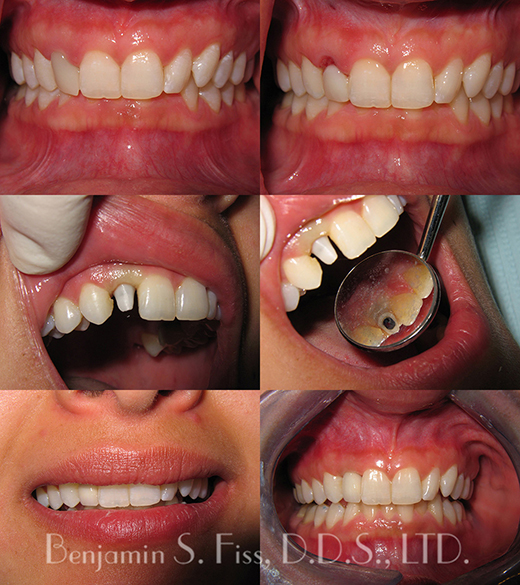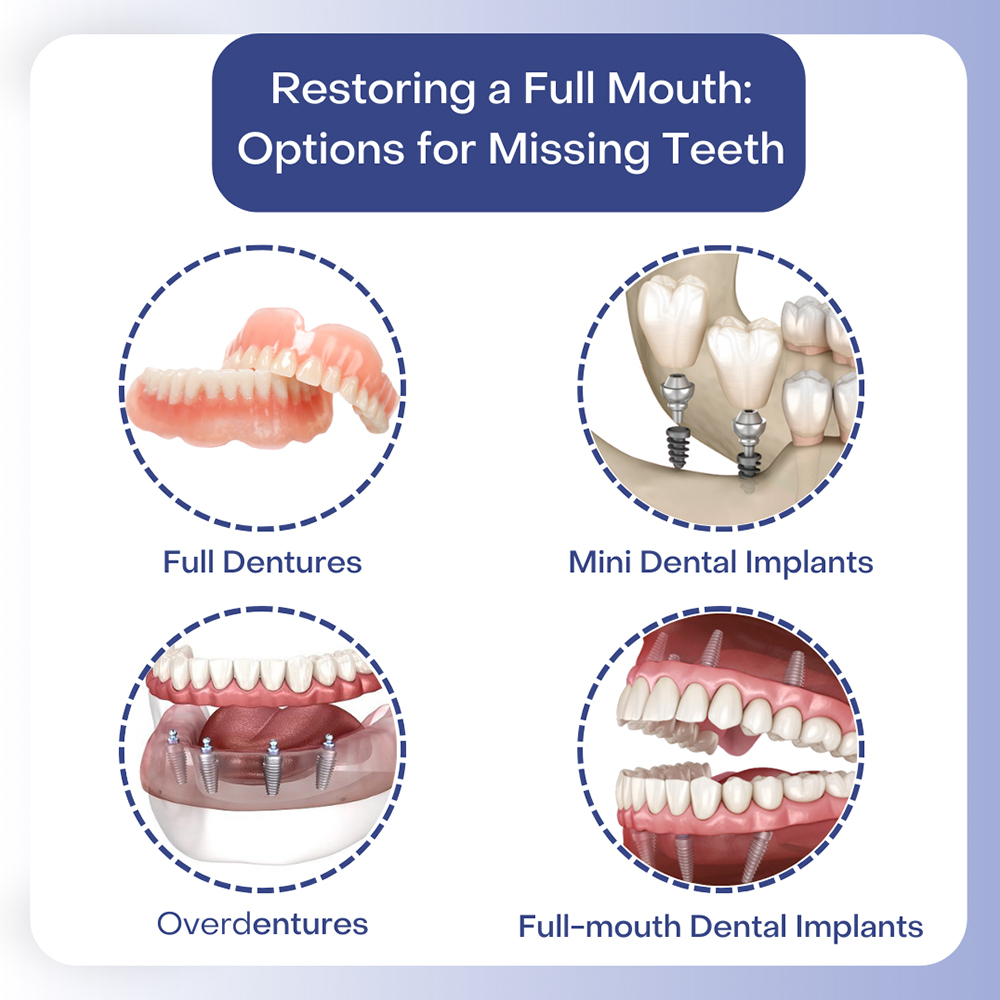Everything about Dental Sense
How Dental Sense can Save You Time, Stress, and Money.
Table of ContentsThe Single Strategy To Use For Dental SenseMore About Dental SenseThe smart Trick of Dental Sense That Nobody is Talking AboutNot known Incorrect Statements About Dental Sense
are medical gadgets operatively dental implanted right into the jaw to restore a person's ability to chew or their appearance. They provide assistance for synthetic (phony) teeth, such as crowns, bridges, or dentures. When a tooth is shed as a result of injury or disease, a person can experience complications such as quick bone loss, faulty speech, or changes to chewing patterns that lead to discomfort.Dental implant systems are composed of an oral implant body and oral implant joint and may likewise include an abutment addiction screw. Dental implant vs bridge. The oral implant body is surgically put in the jawbone instead of the tooth's root. The oral implant joint is typically connected to the dental implant body by the abutment addiction screw and prolongs through gums into the mouth to support the attached synthetic teeth
(https://padlet.com/matthewmusic33101/dental-sense-ljnep063jjnbcvdg)Structure of The Dental Implant System selecting dental implants, speak to your dental supplier concerning the possible benefits and dangers, and whether you are a prospect for the treatment. Points to consider: Your overall health is a crucial aspect in figuring out whether you are an excellent candidate for dental implants, how long it will certainly take to heal, and how much time the implant might stay in location.
Smoking cigarettes may influence the healing procedure and lower the long-term success of the implant. The healing procedure for the dental implant body may take numerous months or longer, during which time you commonly have a momentary abutment in location of the tooth. the oral implant procedure: Very carefully follow the oral health directions offered to you by your oral copyright.
Facts About Dental Sense Revealed
Implant failing can lead to the demand for one more surgical procedure to take care of or replace the implant system. Restores the ability to eat Brings back aesthetic look Assists maintain the jawbone from diminishing because of bone loss Maintains the health of the surrounding bone and gum tissues Assists maintain surrounding (nearby) teeth steady Enhances lifestyle Damages to surrounding natural teeth during dental implant positioning Injury to the surrounding tissues throughout surgery, such as sinus opening Injury throughout surgery (as an example, fracture of bordering jawbone) Poor feature, such as really feeling like the teeth do not bite with each other normally An experience that the tooth is loosened or turning in location resulting from a joint screw loosening Implant body failure (looseness of the implant body) as a result of systemic infection, which may be a lot more likely in people with uncontrolled diabetes mellitus due to regional infection in bone and gums sustaining the implant body because of delayed healing, which might be most likely in individuals who smoke Problem cleaning the gums around the dental implant, leading to poor dental health Without treatment gum illness Post-surgical numbness as a result of nerve impingement or damages Always notify healthcare providers and imaging professionals that you have dental implants before any kind of magnetic resonance imaging (MRI) or x-ray treatments.
FDA is not knowledgeable about any kind of negative events reported for MRI or x-ray procedures with oral implants. Dental implants systems are usually constructed from materials that adhere to international consensus standards of the International Organization for Standardization (ISO) or ASTM International. These requirements have information of what makes a risk-free material.

An oral implant is a framework that changes a missing out on tooth. With screw-like gadgets, the specialist inserts an implant into the jawbone, and it functions as a support for a man-made tooth, called a crown. A device called a joint links the man-made tooth to the dental implant. The crown is tailor-made to fit the individual's mouth and match the color of their teeth.
The Buzz on Dental Sense
Some individuals are not qualified for dental implant surgical treatment. It is for dental specialists to operate on people with: acute illnessuncontrollable metabolic diseasebone or soft cells illness or infectionIf these problems are resolved, an individual can have the surgical procedure. In, useful source oral specialists abstain from operating individuals with: If people with any of the above go through dental implant surgery, there is a higher risk of the dental implant stopping working.

Oral dental implant surgical procedure is an individualized procedure. It's not the same for everybody. The following provides a basic review of what you can anticipate your dental practitioner, oral specialist, periodontist or prosthodontist to do: Position the implant operatively. Give you time to recover. Connect the post and last crown, bridge or denture.
Next off, your doctor will meticulously place the oral implant right into your jaw. If your dental implant is near the front of your mouth, your dentist will make a temporary tooth for you to wear till you heal.
The 45-Second Trick For Dental Sense
Your copyright can tell you what to expect in your situation. Throughout the healing stage, your jawbone should fuse to the dental implant. This process, called osseointegration, is vital for security and long-lasting success. This procedure can take anywhere from three to 9 months. In many cases, it might take much longer.
As soon as your implant heals, your dental expert can affix the abutment (little port article) and your last repair (crown, bridge or denture). This usually takes regarding one hour to finish and might call for a second minor surgical procedure. You shouldn't really feel any pain throughout your dental implant procedure due to the fact that your supplier will certainly use medication to numb your periodontals.